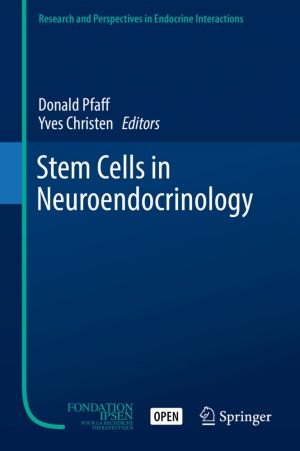
This volume starts with an elementary introduction covering stem cell methodologies used to produce specific types of neurons, possibilities for their therapeutic use, and warnings of technical problems. In addition the authors report successes in achieving the derivation of a specific type of neuron. The dopamine neuron offers an important example...

This book presents the roles and mechanisms of signal transduction triggered by nicotinic acetylcholine receptors (nAChRs) stimulation in neuroprotection against toxic effects of risk factors of neurodegenerative diseases. Accumulating evidence suggests that nAChRs in the CNS play important roles not only in excitatory neurotransmission but also in...
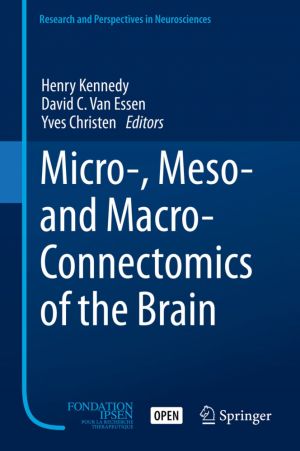
This book has brought together leading investigators who work in the new arena of brain connectomics. This includes 'macro-connectome' efforts to comprehensively chart long-distance pathways and functional networks; 'micro-connectome' efforts to identify every neuron, axon, dendrite, synapse, and glial process within restricted ...
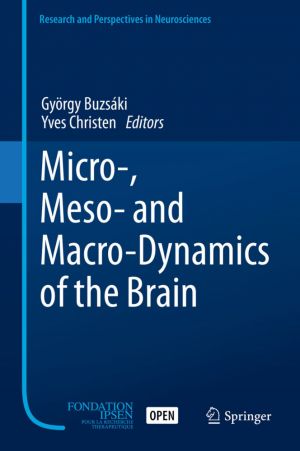
How does the brain orchestrate perceptions, thoughts, and actions from the activity of its neurons? Addressing these challenging issues requires methods with sufficiently high temporal and spatial resolution of neuronal activity in both local and global networks as well as theories to advance understanding how different levels of brain dynamics int...
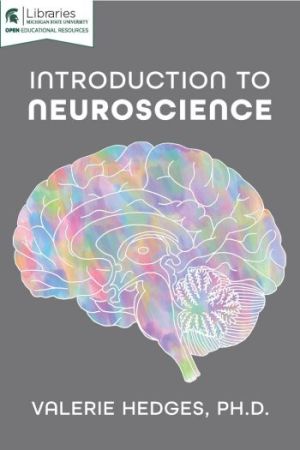
Introduction to Neuroscience is designed for undergraduate students enrolled in introductory neuroscience courses. This book specifically targets students enrolled in Introduction to Neuroscience 1 and Introduction to Neuroscience 2 at Michigan State University and primarily contains topics covered in those courses.
This first edition will guide...

Recent years have seen spectacular advances in the field of circadian biology. These have attracted the interest of researchers in many fields, including endocrinology, neurosciences, cancer, and behavior. By integrating a circadian view within the fields of endocrinology and metabolism, researchers will be able to reveal many, yet-unsuspected aspe...

This book describes marked advances in imaging technology that have enabled the visualization of phenomena in ways formerly believed to be completelyimpossible. These technologies have made major contributions to the elucidation of the pathology of diseases as well as to their diagnosis and therapy. The volume presents various studies from molecula...

This open access work presents selected results from the European research and innovation project IMPROVE which yielded novel data-based solutions to enhance machine reliability and efficiency in the fields of simulation and optimization, condition monitoring, alarm management, and quality prediction.
Prof. Dr. Oliver Niggemann is Professor for Ar...
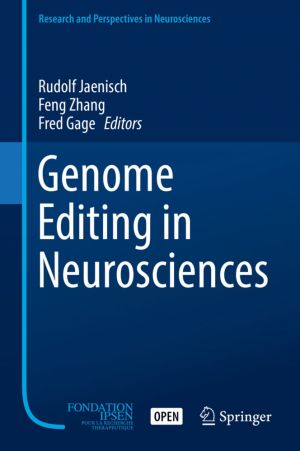
Innovations in molecular biology are allowing neuroscientists to study the brain with unprecedented resolution, from the level of single molecules to integrated gene circuits. Chief among these innovations is the CRISPR-Cas genome editing technology, which has the precision and scalability to tackle the complexity of the brain. This Colloque Médec...
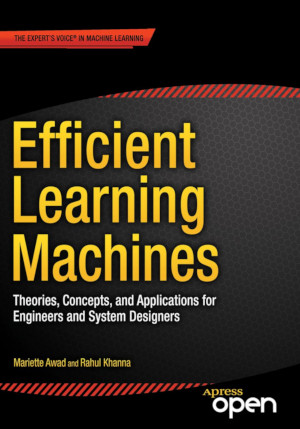
Machine learning techniques provide cost-effective alternatives to traditional methods for extracting underlying relationships between information and data and for predicting future events by processing existing information to train models. Efficient Learning Machines explores the major topics of machine learning, including knowledge discovery, cla...

Consciousness is widely perceived as one of the most fundamental, interesting and difficult problems of our time. However, we still know next to nothing about the relationship between consciousness and the brain and we can only speculate about the consciousness of animals and machines.
Human and Machine Consciousness presents a new foundation fo...
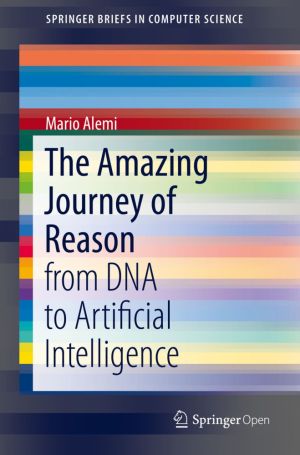
This free book explores questions such as why and how did the first biological cells appear? And then complex organisms, brains, societies and –now– connected human societies? Physicists have good models for describing the evolution of the universe since the Big Bang, but can we apply the same concepts to the evolution of aggregated matter –l...
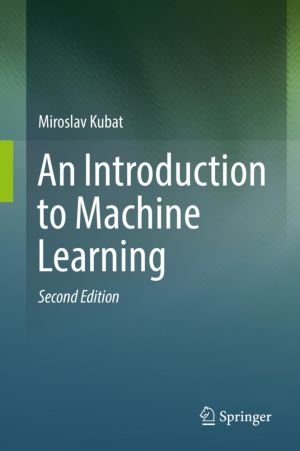
This textbook presents fundamental machine learning concepts in an easy to understand manner by providing practical advice, using straightforward examples, and offering engaging discussions of relevant applications. The main topics include Bayesian classifiers, nearest-neighbor classifiers, linear and polynomial classifiers, decision trees, neural ...
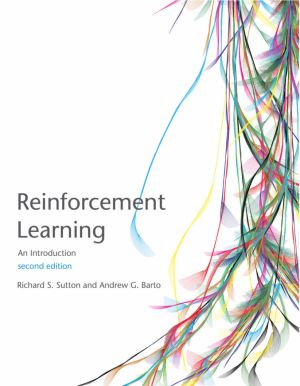
Reinforcement learning, one of the most active research areas in artificial intelligence, is a computational approach to learning whereby an agent tries to maximize the total amount of reward it receives while interacting with a complex, uncertain environment. In Reinforcement Learning, Richard Sutton and Andrew Barto provide a clear and simple acc...

Physiology - The word physiology is from the Ancient Greek (phusiología) and it is the study of how organisms perform their vital functions. An example is the study of how a muscle contracts or the force contracting muscles exert on the skeleton. It was introduced by French physician Jean Fernery in 1552. Physiology is built upon a tripod of scien...
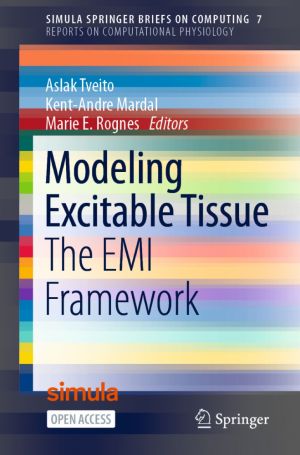
This open volume presents a novel computational framework for understanding how collections of excitable cells work. The key approach in the text is to model excitable tissue by representing the individual cells constituting the tissue. This is in stark contrast to the common approach where homogenization is used to develop models where the cells a...
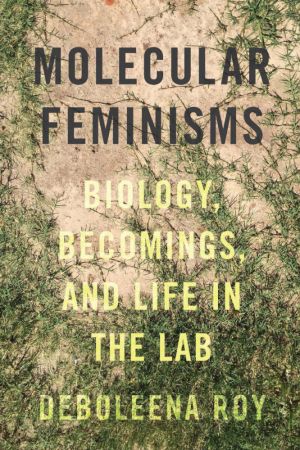
In Molecular Feminisms, Roy investigates science as feminism at the lab bench, engaging in an interdisciplinary conversation between molecular biology, Deleuzian philosophies, posthumanism, and postcolonial and decolonial studies. She brings insights from feminist theory together with lessons learned from bacteria, subcloning, and synthetic biology...
